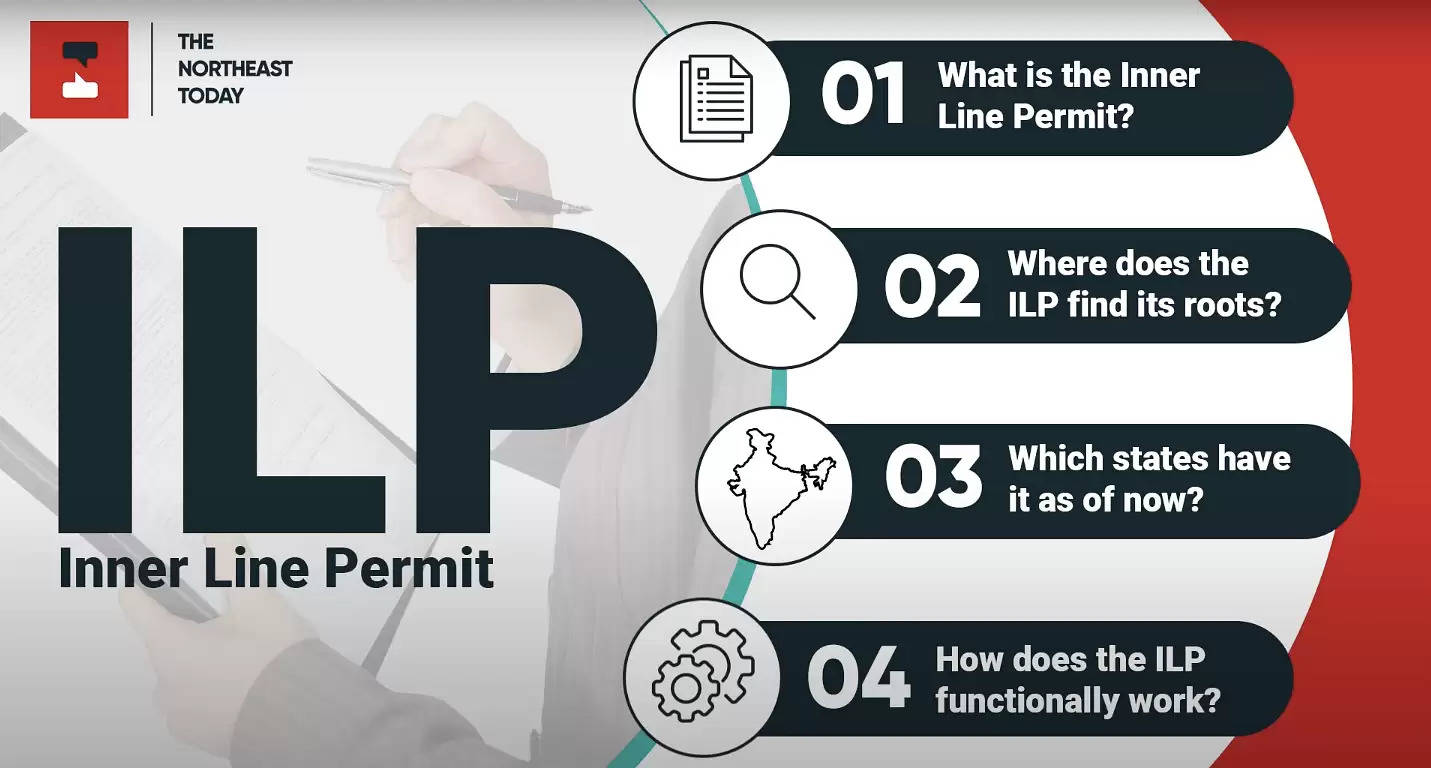Explainer: What is the Inner Line Permit (ILP)?

What is the Inner Line Permit?
An Inner Line Permit (ILP) is a document required by an Indian citizen to travel or stay in a state wherever the system is applicable.
The document serves as a permit where one cannot overshoot the duration of stay specified in the permit.
Different types of permits under the ILP include permit for tourists, for tenants and for ones visiting for employment purposes.
Where does the ILP find its roots?
The ILP’s concept originates from the colonial era legislation of the Bengal Eastern Frontier Regulation Act, 1873.
The British had framed this act for their own commercial interests such that entry of “British subjects” (Indians then) could be regulated and trade could be restricted with the specified areas.
Later, in 1950, the Indian government made it applicable for Indian citizens, replacing “British subjects.”
This was done as a measure for specific northeastern states to protect the interests of indigenous tribal communities.
Which states have it as of now?
Currently, the states of Arunachal Pradesh, Nagaland and Mizoram have the implementation of ILP, with the Centre extending the same to Manipur in December, 2019, following the implementation of the Citizenship Amendment Act (CAA).
How does the ILP functionally work?
On request from a state government, the Union government examines the need for implementing ILP.
If the provision is granted, respective state governments can then issue the ILP to anyone applying for it, either online or offline.
It is applicable for any Indian citizen who is not a resident of the respective state.
The ILP document will carry travel dates, duration of stay according to purpose of visit, and will also specify areas where the holder is allowed to travel.
The document can be renewed but overstaying beyond the permitted duration is not allowed.

















